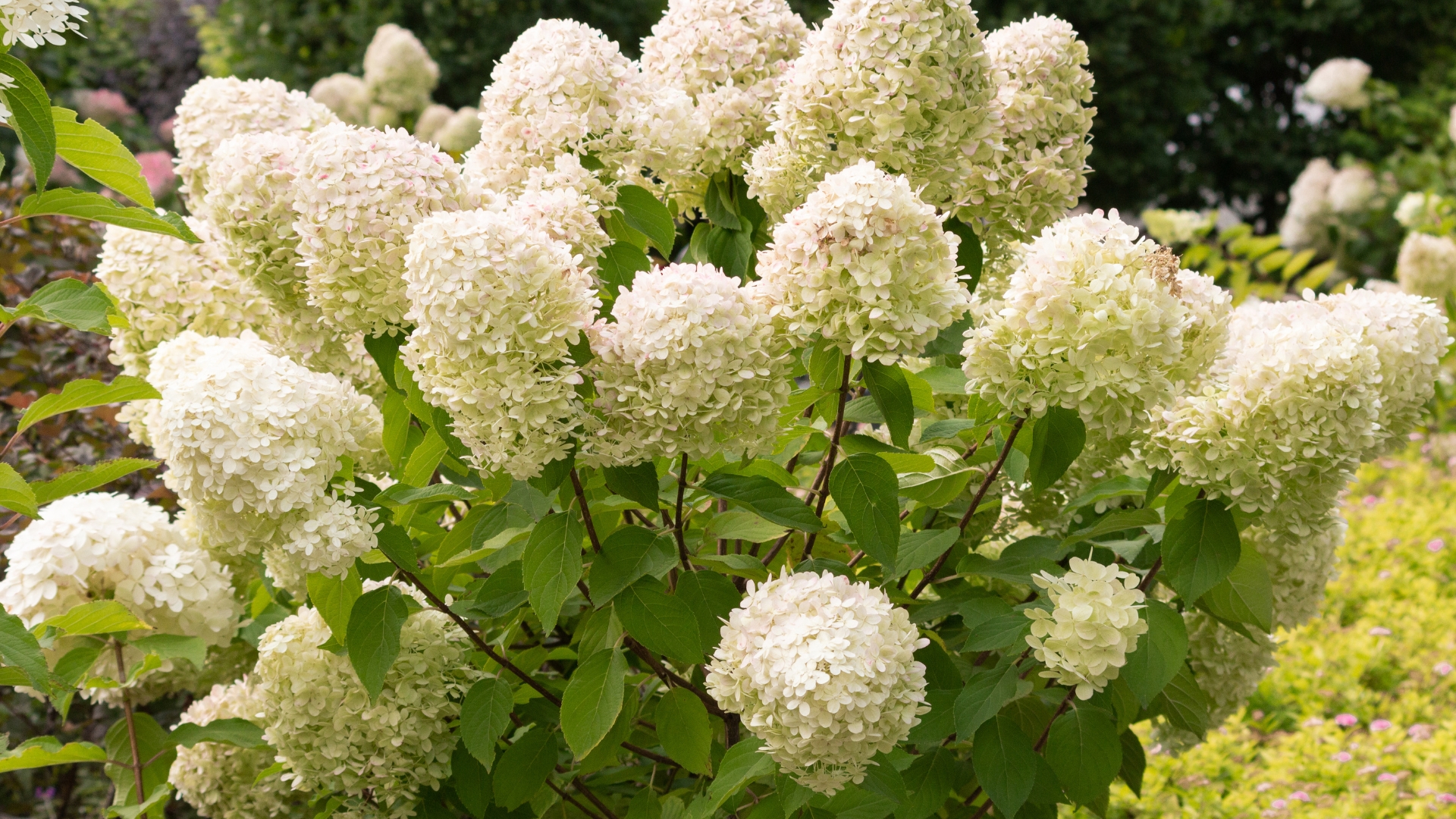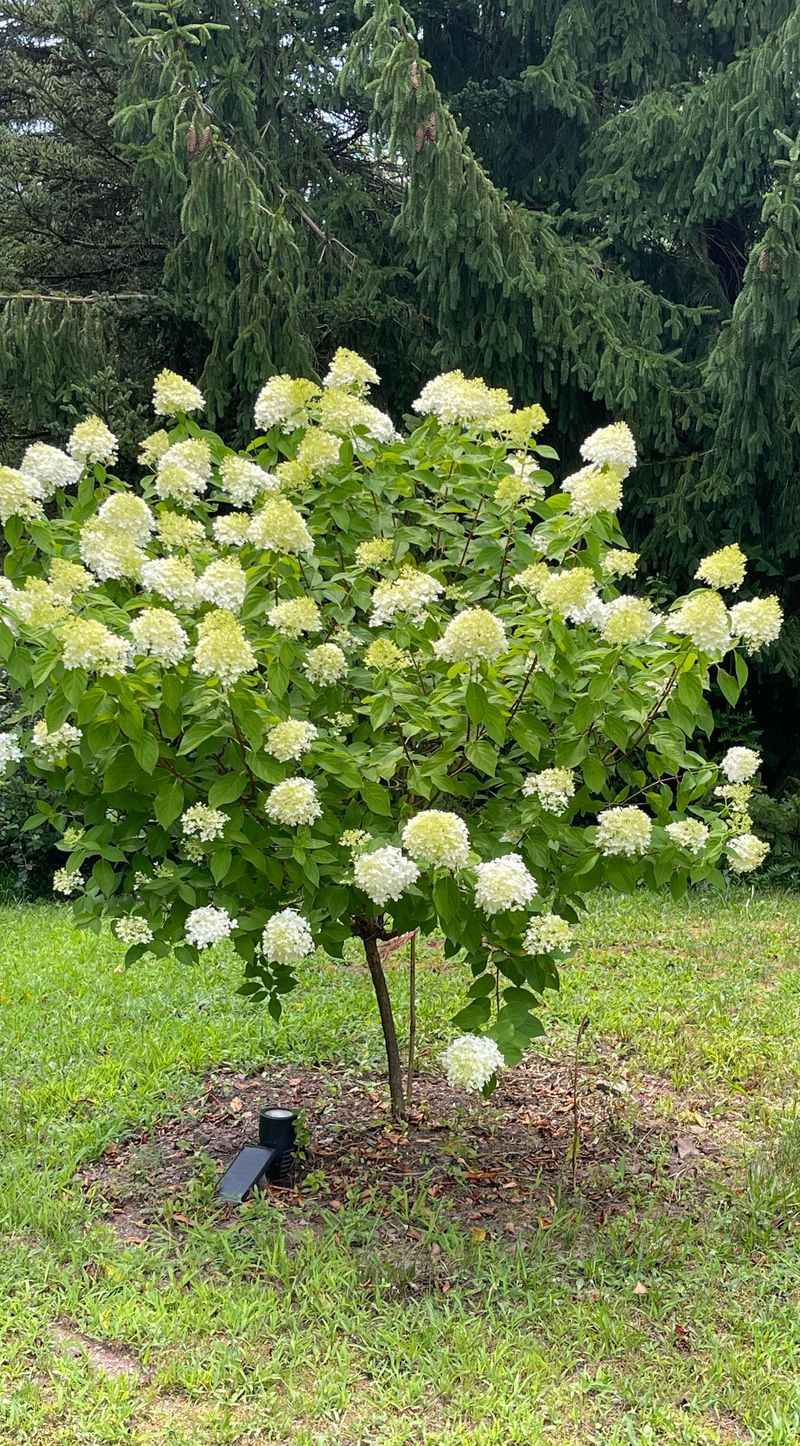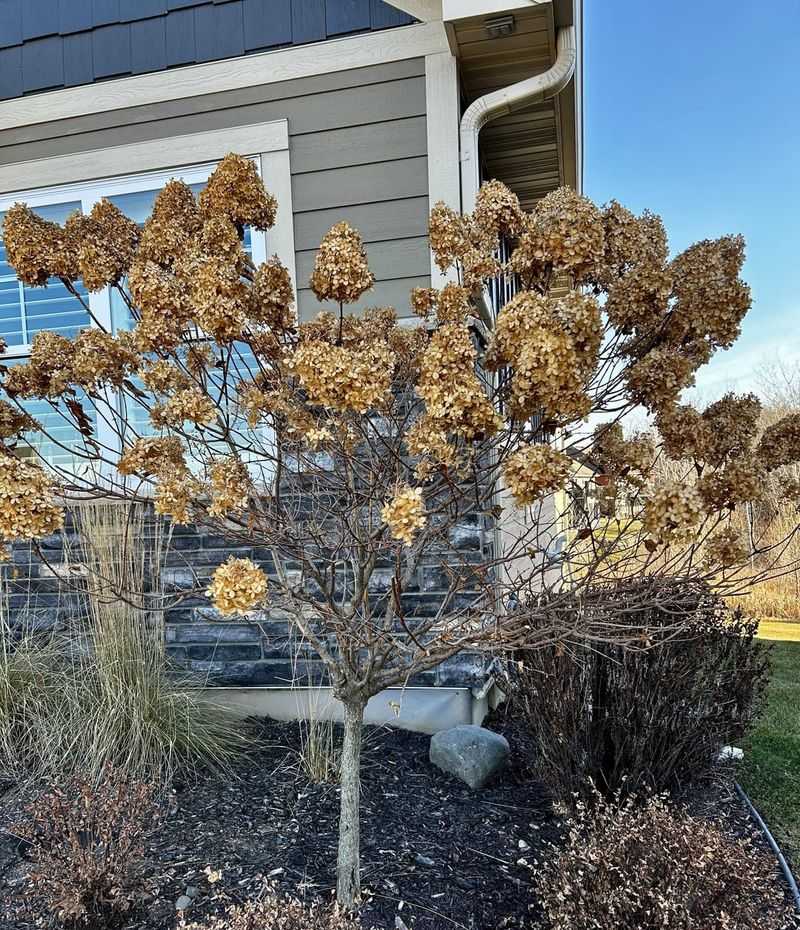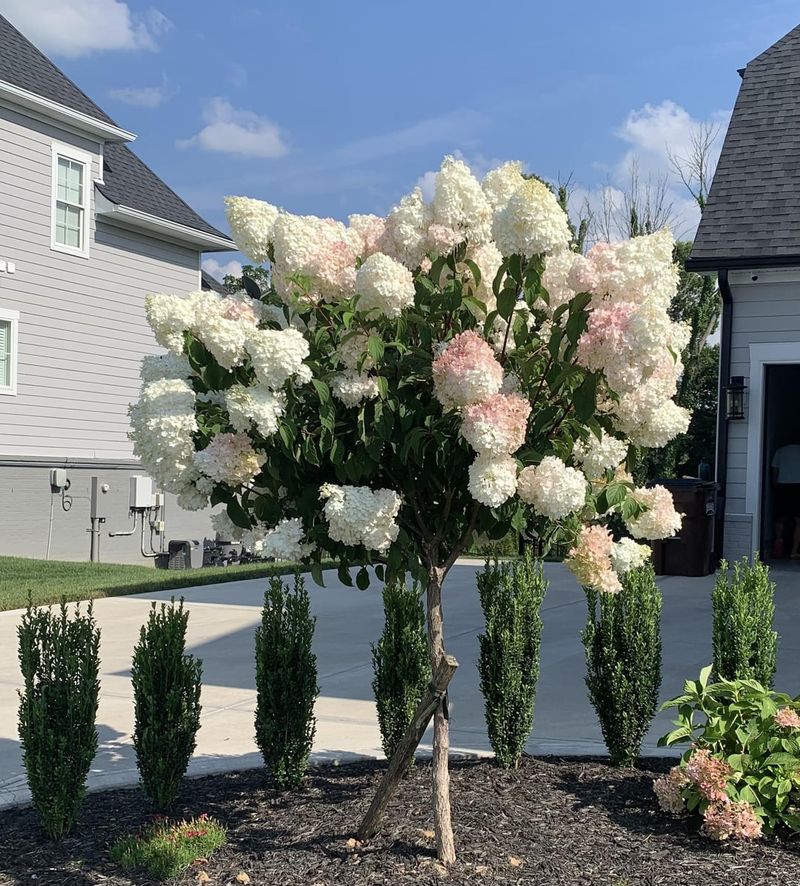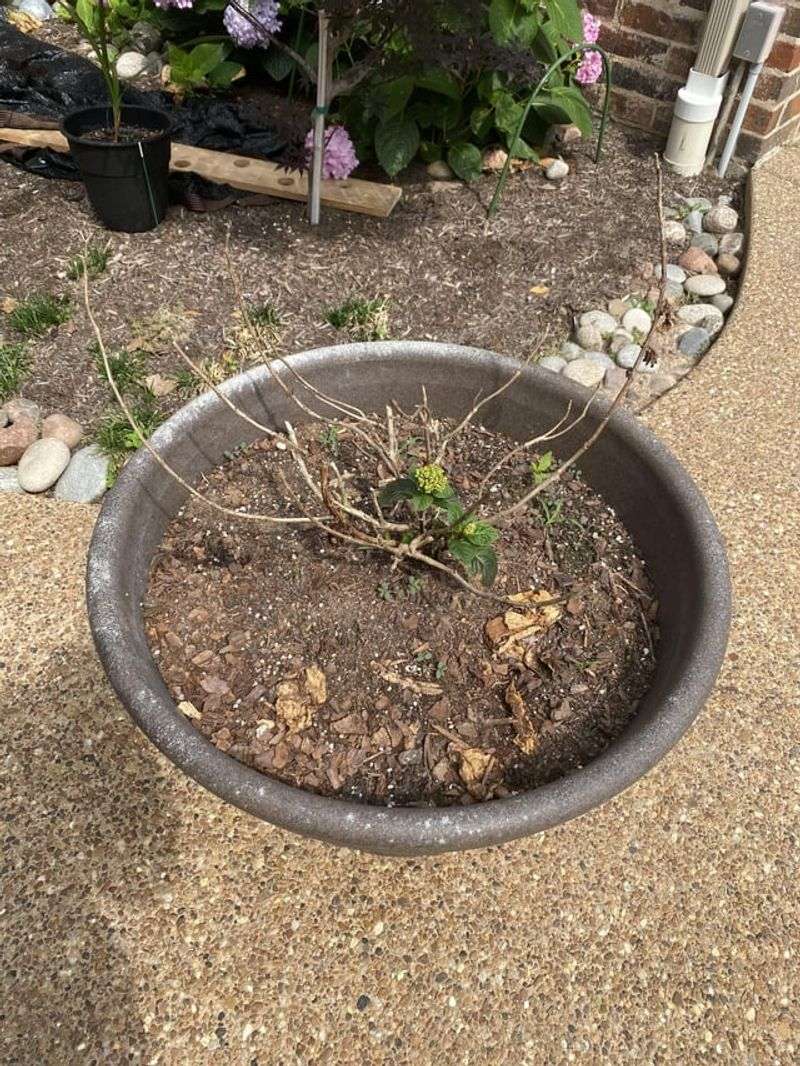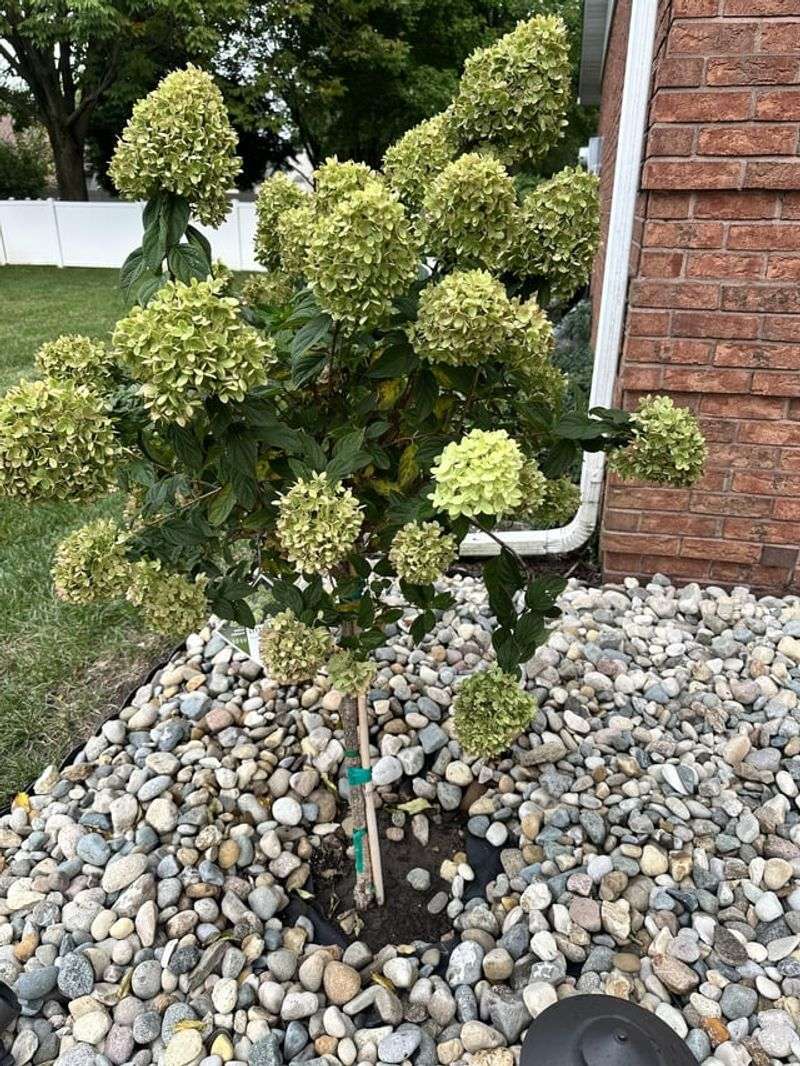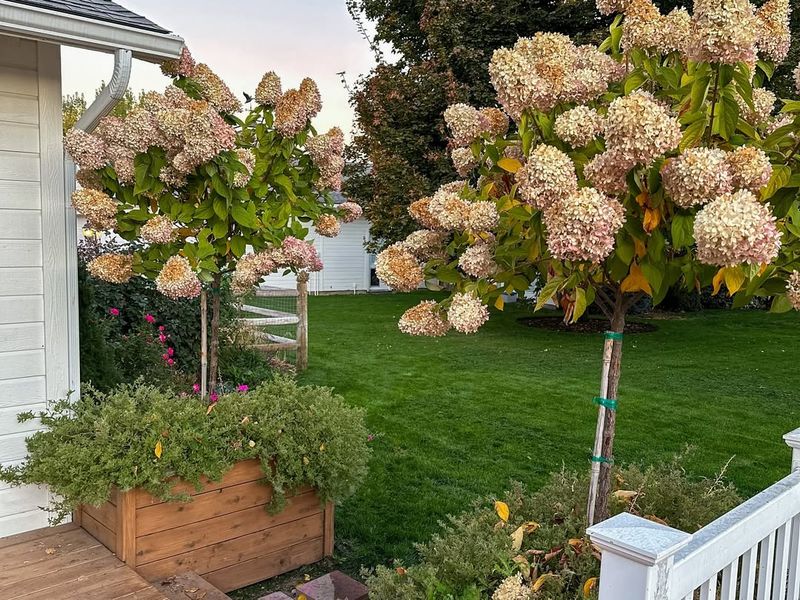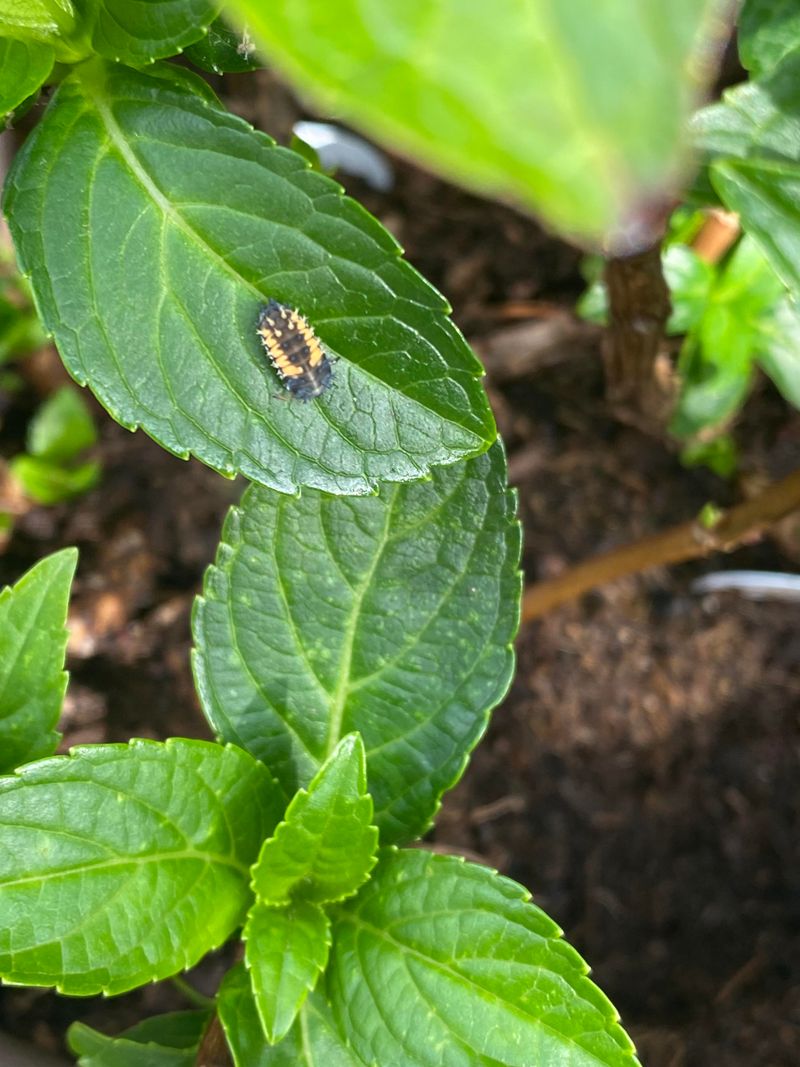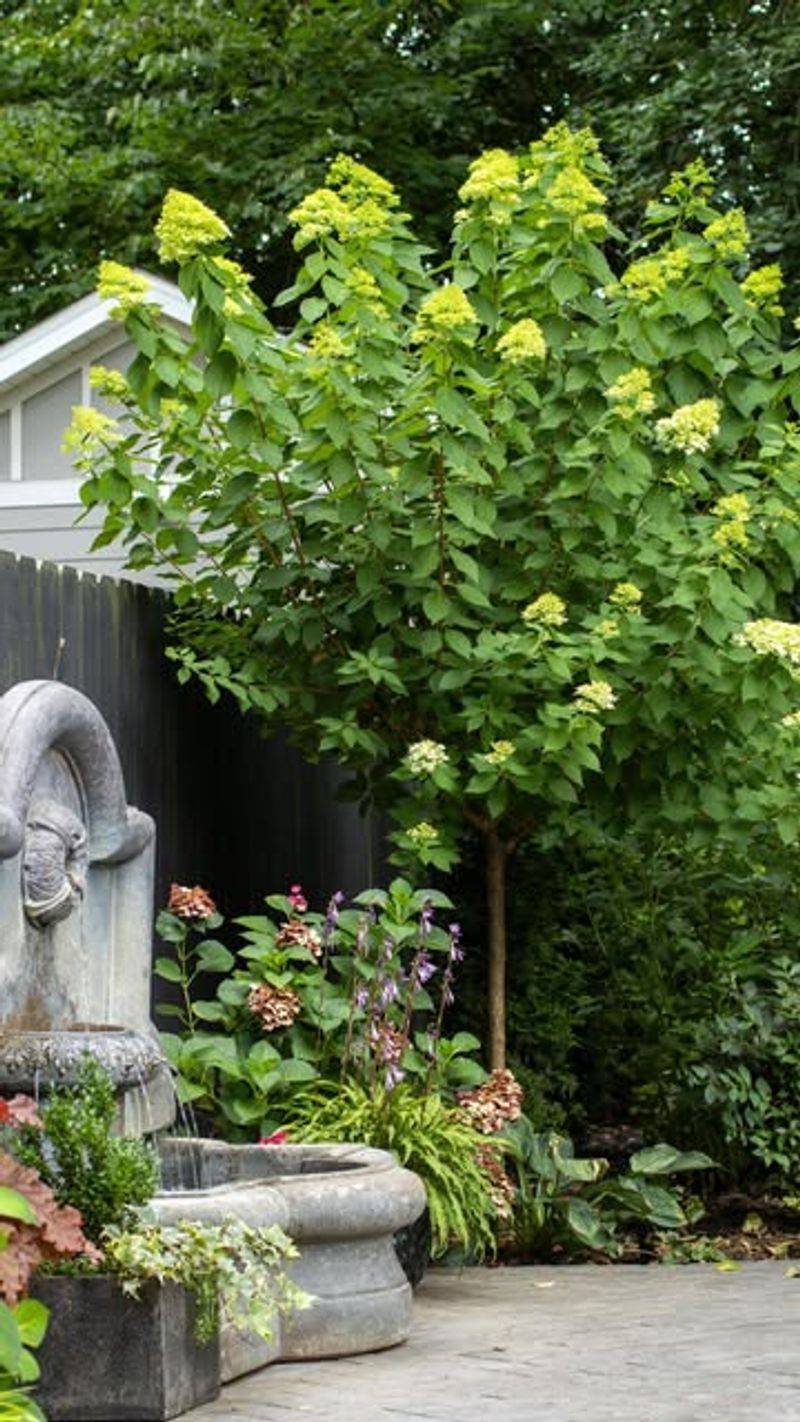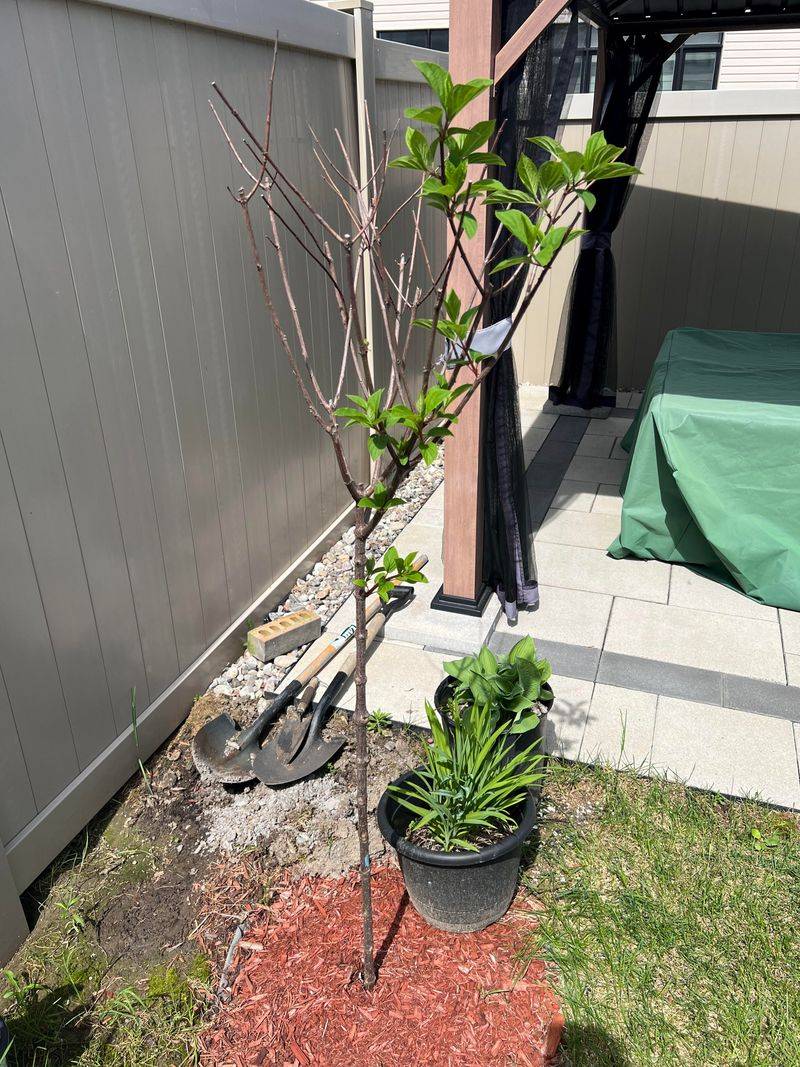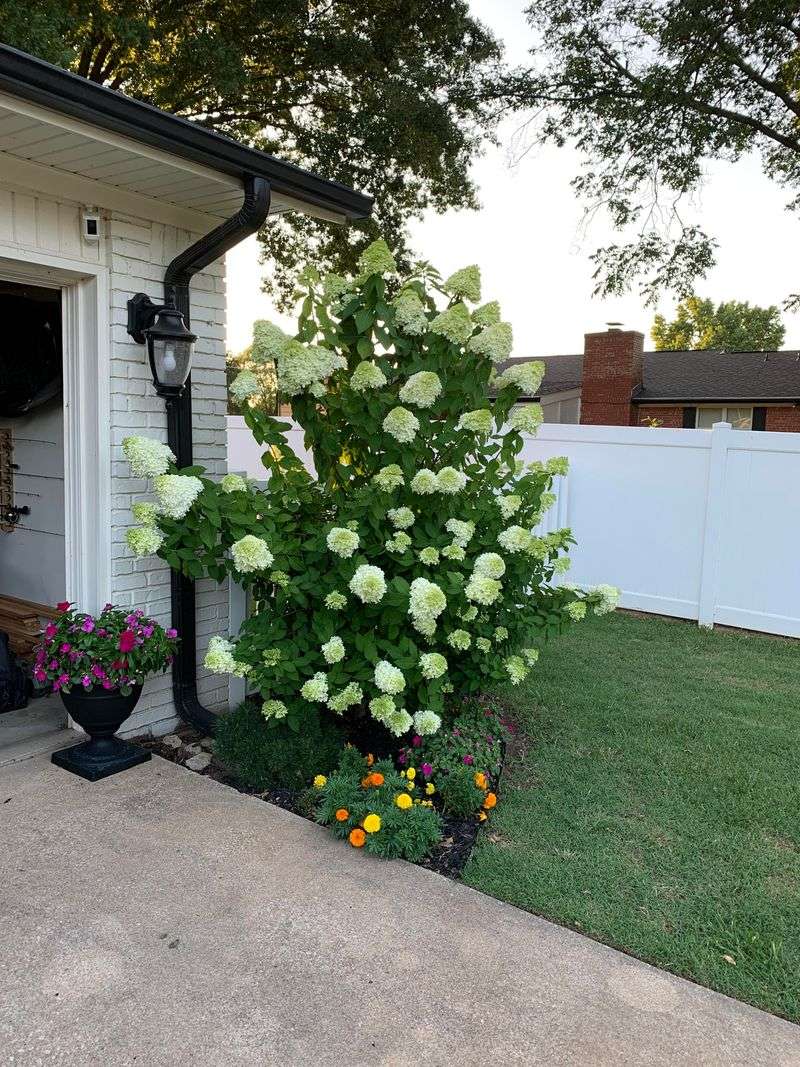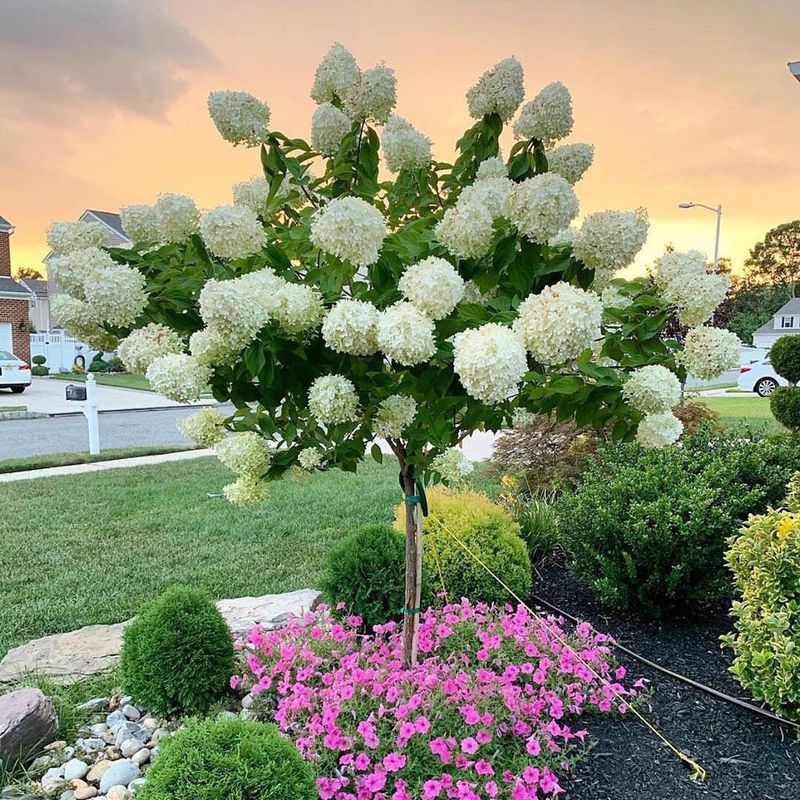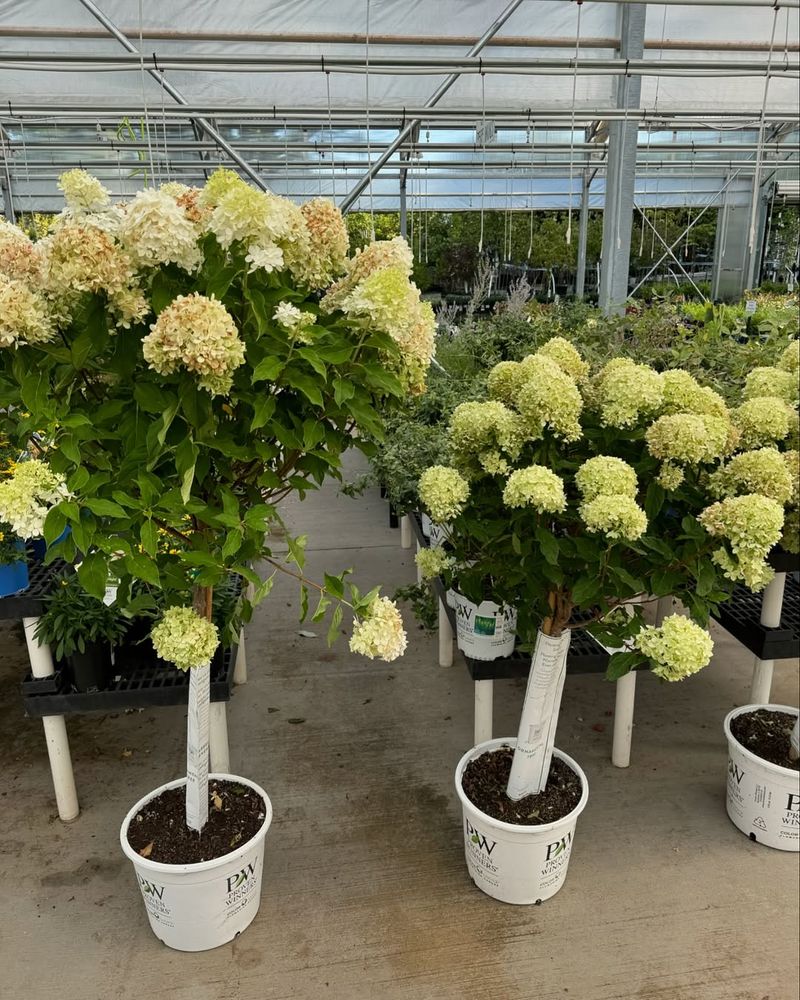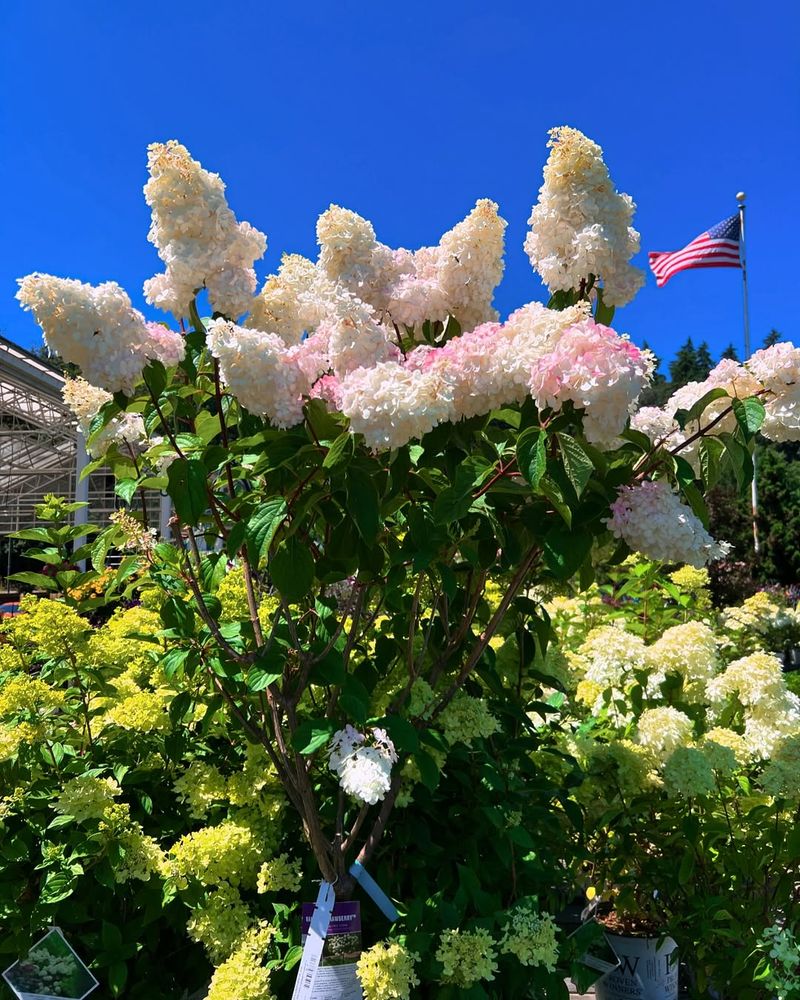I never thought my hydrangea bush could look like anything more than a shrub—until I tried shaping it into a tree.
With a little patience and a few clever tricks, it started transforming into something that actually turned heads. It’s easier than I expected, and honestly kind of fun to watch it take shape.
Over time, I’ve picked up some tips that really helped it grow tall, strong, and full of blooms. If you’ve got a hydrangea and a little curiosity, this might be your next garden project!
1. Choose the Right Variety
Selecting the perfect hydrangea variety is the first step in your transformation journey. Some types are naturally more tree-like and lend themselves better to training. Consider varieties such as ‘Limelight’ or ‘PeeGee,’ which are known for their sturdy stems.
These hydrangeas offer height and structure more readily than their shrub-like counterparts. By starting with a variety that naturally grows upright, you’ll find the process smoother and more rewarding. Each type brings its unique flair, so choose one that complements your garden’s aesthetic.
2. Strategic Pruning Techniques
Pruning might sound daunting, but it’s your best friend in this leafy endeavor. Focus on removing lower branches to encourage upward growth. This strategic pruning will guide your hydrangea into a tree-like shape.
Ensure your pruning shears are sharp to make clean cuts, promoting healthy regrowth. Patience is key here, as consistent trimming over time will lead to a strong, tall structure. Don’t rush the process; let nature take its course while you lend a guiding hand.
3. Support with Sturdy Stakes
Supporting your hydrangea with stakes is like giving it a backbone. Use sturdy wooden stakes to gently encourage your plant to grow upright. Secure the main stem to the stake using soft ties to avoid damaging the bark.
This added support will help your hydrangea withstand winds and storms, allowing it to grow tall and proud. Regularly check the ties to ensure they’re not cutting into the stem as it thickens. Your hydrangea will appreciate the extra help as it reaches for the sky.
4. Nurture with Nutrient-Rich Soil
Healthy soil is the foundation of any thriving plant. Enrich your hydrangea’s home by incorporating organic compost into the soil. This will provide essential nutrients that promote robust growth.
Consider the soil’s pH, as hydrangeas prefer slightly acidic conditions. Test your soil and adjust if necessary to optimize your plant’s health. The right soil mix will act as a springboard, propelling your hydrangea towards tree-like grandeur. Your efforts beneath the surface will soon be reflected in towering blooms above.
5. Consistent Watering Routines
Watering is more than just a task; it’s an art. Set a routine to ensure your hydrangea receives consistent moisture, crucial for its upward journey. Early morning or late afternoon is ideal to minimize evaporation.
Hydrangeas thrive in moist soil but be careful not to overwater. The goal is to maintain a balance that keeps the roots hydrated without drowning them. Consistent care and attention will keep your plant healthy and steadily growing into a tree-like form.
6. Sunlight: Finding the Perfect Spot
Light is a crucial factor in your hydrangea’s transformation. Find a spot that offers morning sun and afternoon shade, ensuring your plant gets the best of both worlds.
Too much direct sun can scorch the leaves, while too little can stunt growth. By balancing exposure, you create an environment where your hydrangea can thrive and grow tall.
7. Protect Against Pests Naturally
Pests can be pesky, but nature offers a solution. Encourage beneficial insects like ladybugs to take up residence near your hydrangea. These garden allies help control aphid populations and other pests naturally.
A healthy ecosystem around your plant not only deters unwanted visitors but also promotes growth. Consider companion planting with herbs like basil or mint, which can repel pests while adding a fragrant touch to your garden. Your hydrangea will thrive in this harmonious environment.
8. Seasonal Fertilization
Fertilizing your hydrangea is like feeding it a power-packed meal. Apply a balanced fertilizer in the spring to kickstart growth and again in summer to sustain it. Choose products rich in phosphorus to encourage blooming.
Avoid over-fertilizing, which can lead to lush foliage but fewer blooms. A well-fed hydrangea is a happy hydrangea, ready to reach new heights. Monitor its response to fertilization and adjust your approach as needed to maintain optimal health.
9. Mulching for Moisture Retention
Mulching is your ally in retaining soil moisture and suppressing weeds. Spread a generous layer of organic mulch around the base of your hydrangea. This protective layer conserves water, keeping the roots cool and hydrated.
It also adds nutrients to the soil as it breaks down, supporting healthy growth. Regularly top up the mulch to maintain its effectiveness throughout the growing season. Your hydrangea will benefit from this cozy blanket of care, helping it grow into a majestic tree.
10. Train with Tie-Backs
Training your hydrangea involves a gentle touch. Use soft tie-backs to guide branches into an upward direction. This technique encourages a tree-like structure over time.
Adjust the ties as the plant grows, ensuring they support but do not constrict. Regularly check for tension and make adjustments to accommodate new growth. Your patience and precision with tie-backs will pay off as your hydrangea adopts the graceful stature of a tree.
11. Introduce Companion Plants
Companion planting can enhance your hydrangea’s growth. Pair it with plants like lavender or hostas, which share similar soil and light preferences. These companions not only beautify your garden but also create a supportive ecosystem.
The added biodiversity helps deter pests and promote healthy growth. Your hydrangea will benefit from the diverse environment, leading to a more robust transformation into a tree. Consider the aesthetics and functional benefits when selecting companions.
12. Provide Adequate Air Circulation
Air circulation is often overlooked but essential. Ensure your hydrangea has enough space to breathe, reducing the risk of mold and mildew. Prune surrounding plants if necessary to improve airflow.
Good circulation encourages healthier growth and helps your hydrangea flourish into a tree-like form. Regularly assess the garden layout to maintain optimal conditions, allowing your plant to bask in fresh, moving air. The result is a vibrant, resilient garden centerpiece.
13. Maintain Consistent Temperatures
Temperature fluctuations can stress your hydrangea. Aim for consistency, especially during the growing season. If needed, provide windbreaks or shade cloth to protect against extreme conditions.
A stable environment allows your plant to focus on growth rather than survival. This commitment to temperature control will reward you with a hydrangea that climbs toward tree-like magnificence. Monitor local weather patterns to anticipate changes and take proactive measures.
14. Monitor and Adjust Growth
Regular monitoring of your hydrangea’s progress is key. Pay attention to how it responds to care and make adjustments as needed. This could involve tweaking watering schedules, pruning techniques, or support systems.
Adaptability is crucial in guiding your plant to its tree-like potential. By tuning into its needs, you ensure steady growth and development. Your watchful eye and willingness to adjust will lead to a stunning garden transformation.
15. Embrace Patience and Enjoy the Journey
Transforming a hydrangea into a tree is a journey, not a sprint. Embrace the process and enjoy each stage of growth. Celebrate small victories, like new branches or the first blooms.
Patience is the secret ingredient in this green endeavor. Your consistent care and nurturing will lead to a garden masterpiece over time. As you watch your hydrangea reach the skies, you’ll find joy in the journey itself, not just the destination.

